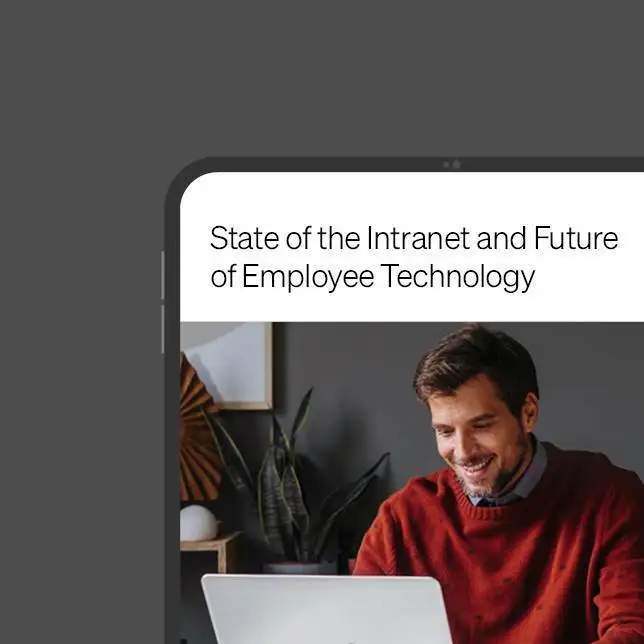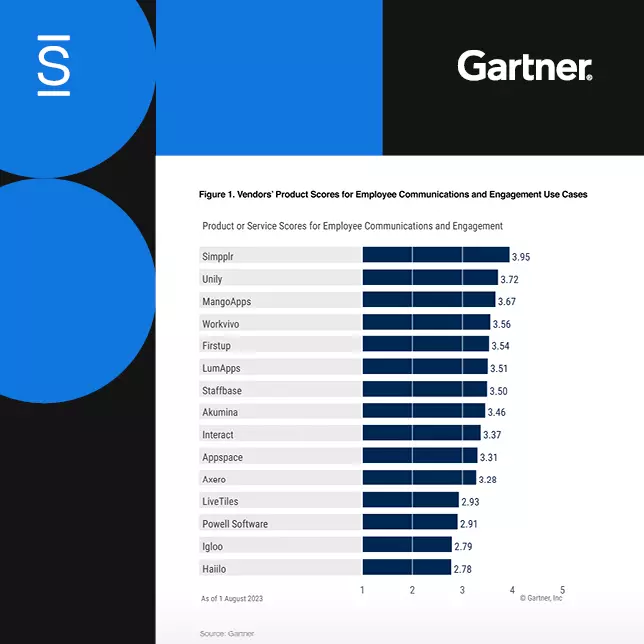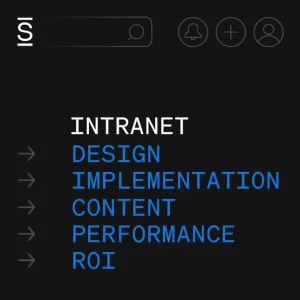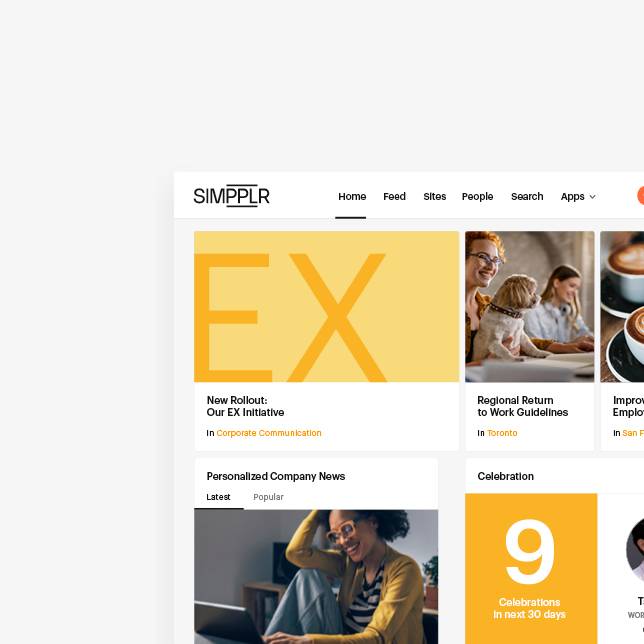“A place for everything and everything in its place” may seem like a great idea when trying to organize individual departments like sales, marketing, or customer service. But the data and information silos that result can create more chaos than cohesion, with impacts that were never intended.
Siloed systems are, by nature, isolated from other departments, resulting in mass miscommunication. Some of the issues that arise include:
- Incomplete and inconsistent datasets. Because silos hold data hostage from users who seek them, it creates incomplete data sets.
For example, if your marketing team can’t access your sales information, then they’re only getting part of the picture–and this incomplete data leads to lost time and money.
And then, that same marketing team may formulate data differently than the sales team, and that’s where errors occur. These errors may not be caught immediately, creating further inconsistencies in accuracy and quality.
- Duplicate work. More data silos equal more servers and storage devices your company has to invest in. And these new servers and storage devices may be managed separately as well, making communication difficult.
- The island effect. What’s this mean? Your departments and even employees become islands unto themselves with their own insights and processes. There’s less opportunity for data sharing and workplace collaboration between departments when this happens. Working together becomes more trouble than it’s worth when you’re not all privy to the same information.
And when employees feel they’re missing pieces of the puzzle, and communication is closed off by silos, they become frustrated. The employee experience becomes tedious and unfulfilling.
Some stats on siloed systems
Let’s explore how to create a cohesive employee experience and say so long to this struggle!
But first, some stats to frame the conversation from HCM technology Report:
- 48% of organizations say their top collaboration hurdle is ineffective communication between team members.
- Using siloed data, teams spend more than 20 hours per month trying to overcome collaboration challenges.
- 54% said poor collaboration resulted in missed deadlines, 35% saw a reduction in quality, and 26% said it led to cost overruns.
And now, let’s see how this can be remedied!
Meeting employees where they are
Traditional intranets make you do all the heavy lifting, creating a frustrating user experience. Hunting for information takes up valuable time and effort, reducing speed, accuracy, and employee satisfaction. However, with a modern intranet, the information finds you!
How does this work? Simpplr offers multi-channel communications where companies establish personal connections with employees from the beginning, with tailored text messages and emails geared specifically to an employee’s interests and needs.
Employees have their own personal company dashboard hosting information, files, and content relevant to their department and to their needs. They’ll even see curated native videos with engaging messaging:

And with a mobile app, all of this is pocket-sized and ready to travel with your employees, making it even easier for them to access, creating a unified experience.
Unify notifications and amplify meaningful messaging
Your intranet needs to be as diverse and unique as each of your employees. A one size fits all approach isn’t working anymore, and it likely never did! Personalization is the new language of modern intranets, and if done right, can create a harmonious employee experience.
Adaptive personalization is key to getting the right data into the hands of the right employee. It removes the noise, ensuring data that is relevant to them surfaces immediately in a straightforward workflow. Searching for something you need and not finding it creates frustration—not just with the process, but with the company.
Here’s how it’s done: Simpplr employs customized feeds, like social media but more distinctive and without the weird algorithms that would hide information they actually want.
Employees log onto their intranet dashboard where they see critical must-reads, relevant media, updates, news, stories, and events pertinent to them and their job, with no filters required.

You can integrate Simpplr with your HR system and suggest content, articles, news, and sites that align with a particular employee’s interests.
And to that end, there’s also a “smart search.” This surfaces the most relevant, timely, and personalized information across all your connected apps. It learns employee search patterns across your integrated cloud-based management systems.
You can also stay up-to-date on employee birthdays, anniversaries, and more.
The point is, your intranet needs to reach each employee on a personal and relevant level, offering intel they can trust as timely and accurate. It must amplify meaningful messaging. It’s not only a time-saver and frustration destroyer, it also creates a better, most positive employee experience as they feel you are interested in them and genuinely care about the work they do for you.
And this is demonstrated daily on a modern intranet, as it eliminates what isn’t serving the company community any longer, keeping content fresh and employees engaged.
Monitor internal communication efforts to revamp what isn’t working
Sometimes, it takes time to understand what’s working, and what isn’t. But monitoring internal communications (IC) efforts will help make quick work of tedious processes.
Prescriptive intranet analytics provides everything you need to monitor employee activity. With it, companies learn how employees engage with content across channels and devices.
You can identify which sites are most popular and which aren’t, by analyzing traffic. And it’s laid out plainly using analytical graphs and charts that are easy to dissect and see where things are succeeding or failing.
Content views reveal which items are trending and employee comments and replies add context to engagements with company content. And then use the timeline to understand the ebb and flow.
Additionally, prescriptive intranet analytics makes it easy to identify which employees are most active and engaged. This gives you the chance to reward them and create incentives for employees to continue amplifying key messaging and enticing others to join in.

The idea behind internal analytics is to create an intranet that’s a welcoming space––one where employees enjoy interacting with peers, and where they find insights they need to advance their careers.
And then benchmarking this data is also important and must be baked into every part of the modern intranet.
Unifying siloes isn’t just about the ease of work and cutting out noise and unnecessary steps. It’s also about creating a cohesive employee experience and a company culture that encourages employee satisfaction. And this leads to increased productivity, more timely product launch results, and better communication and all of this comes in tandem, amplifying your company.
Reach out for a demo if you’re ready to break free of categorized boxes and embrace a more efficient way of working—one that your entire company can get behind!

















